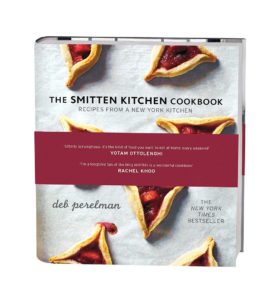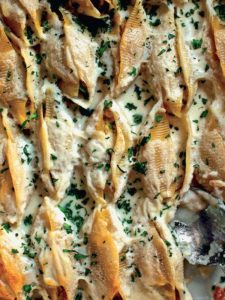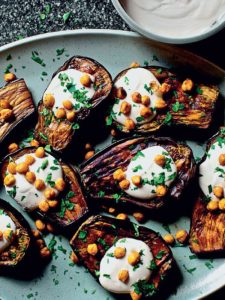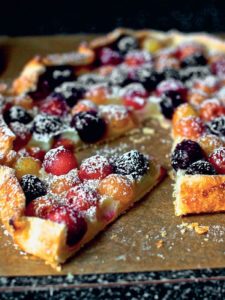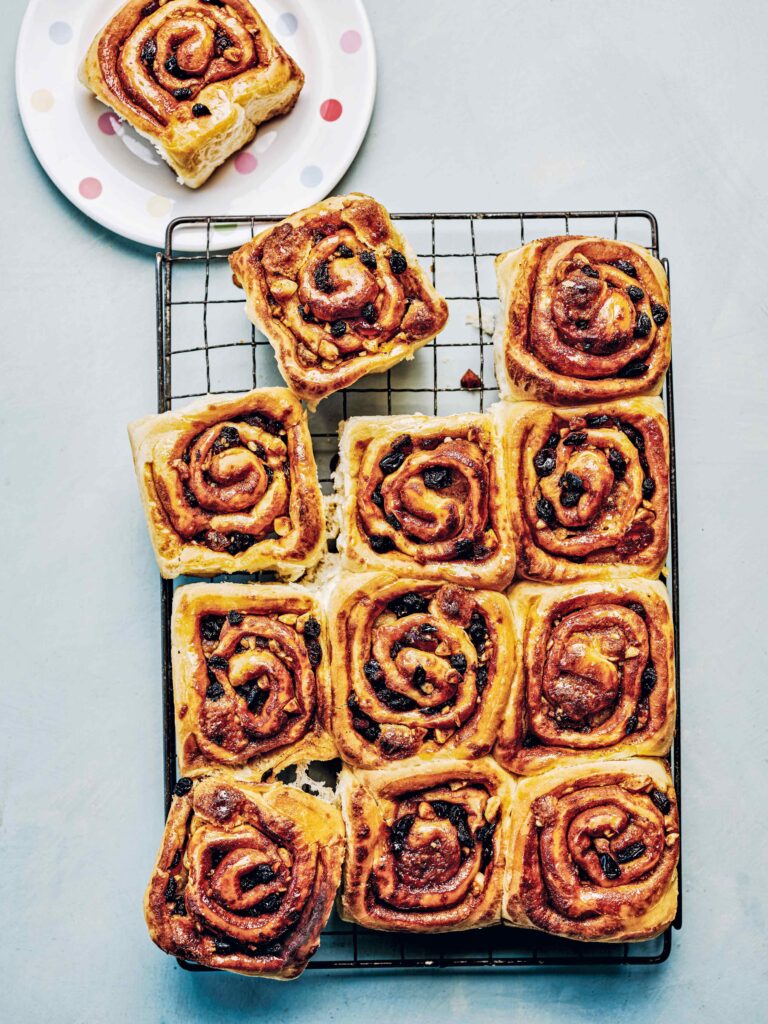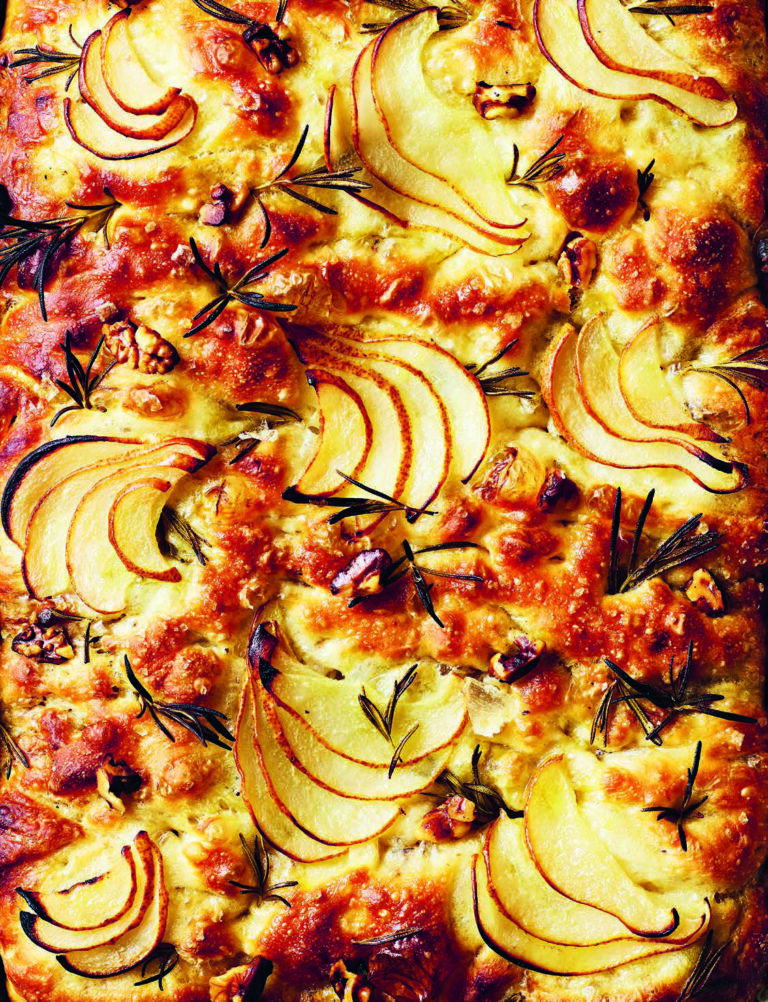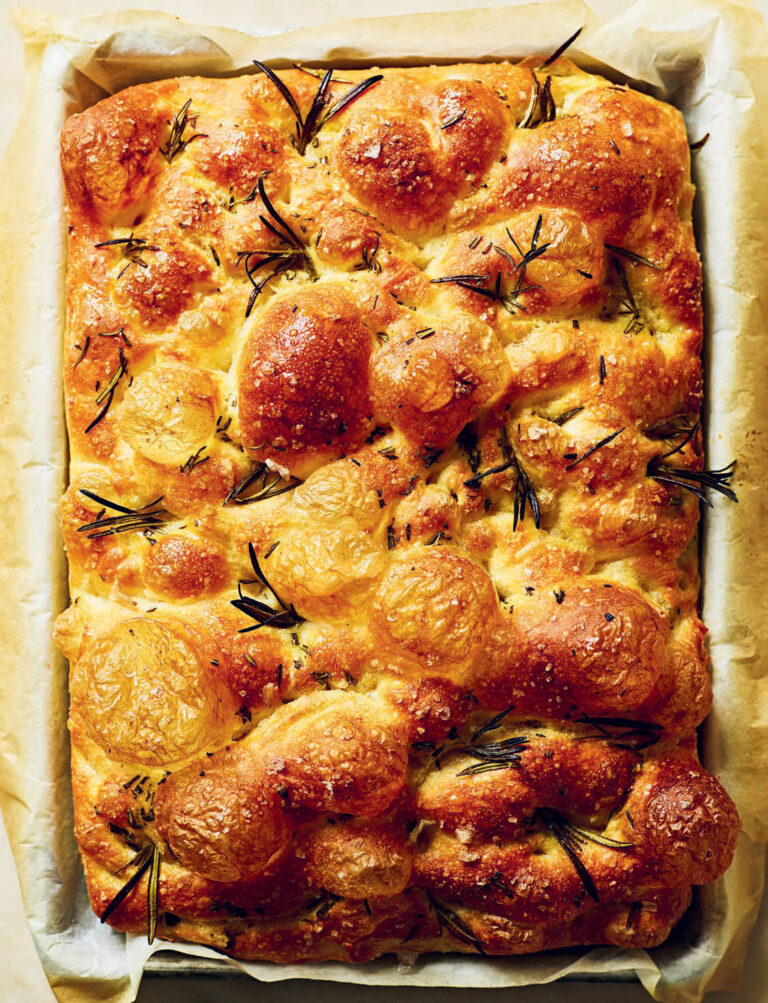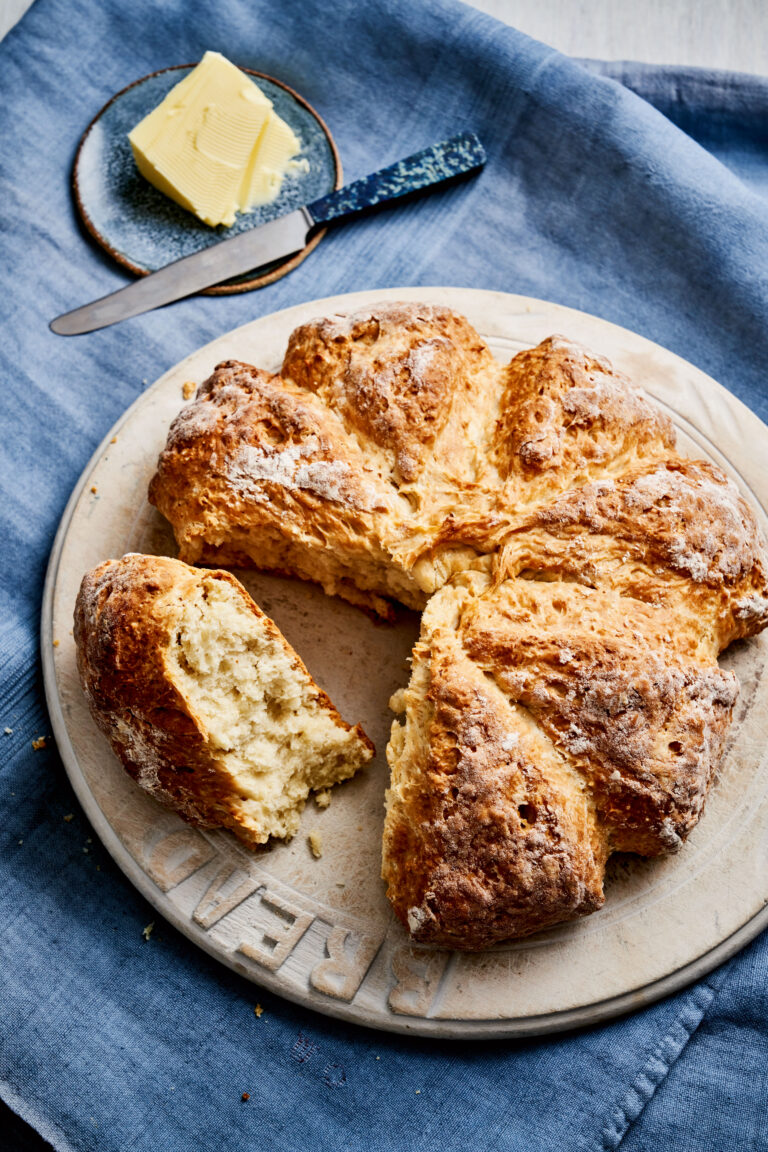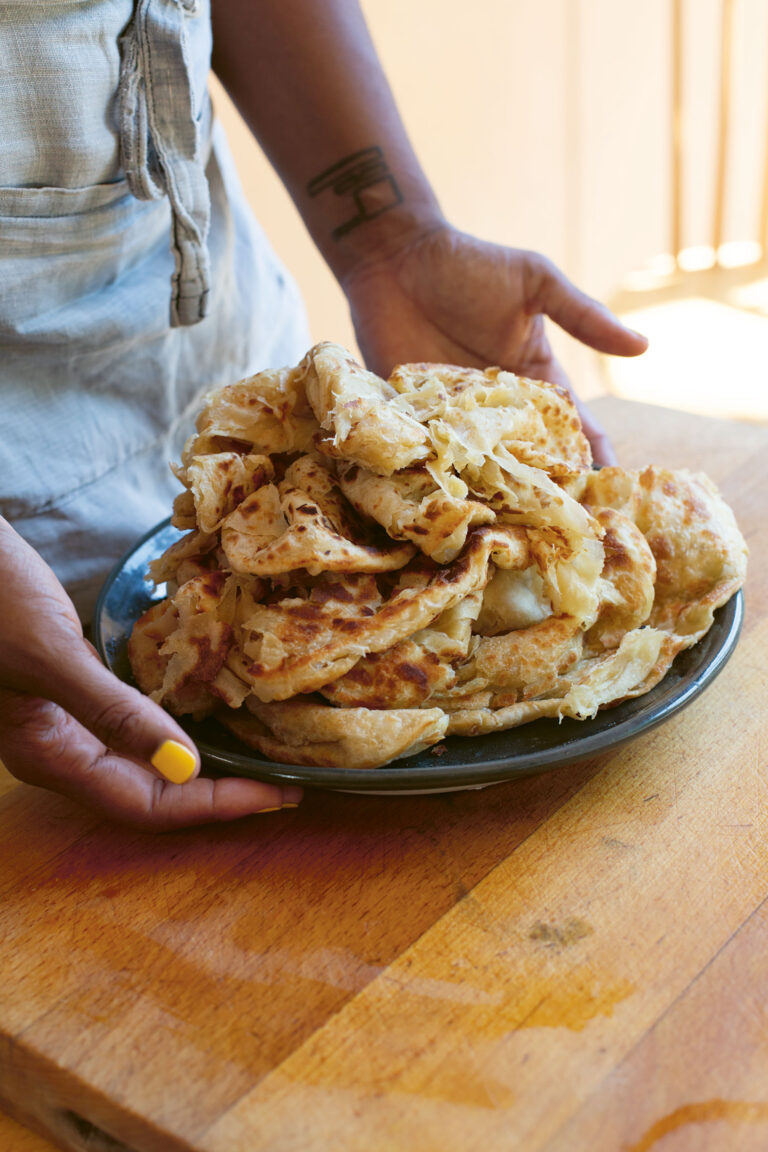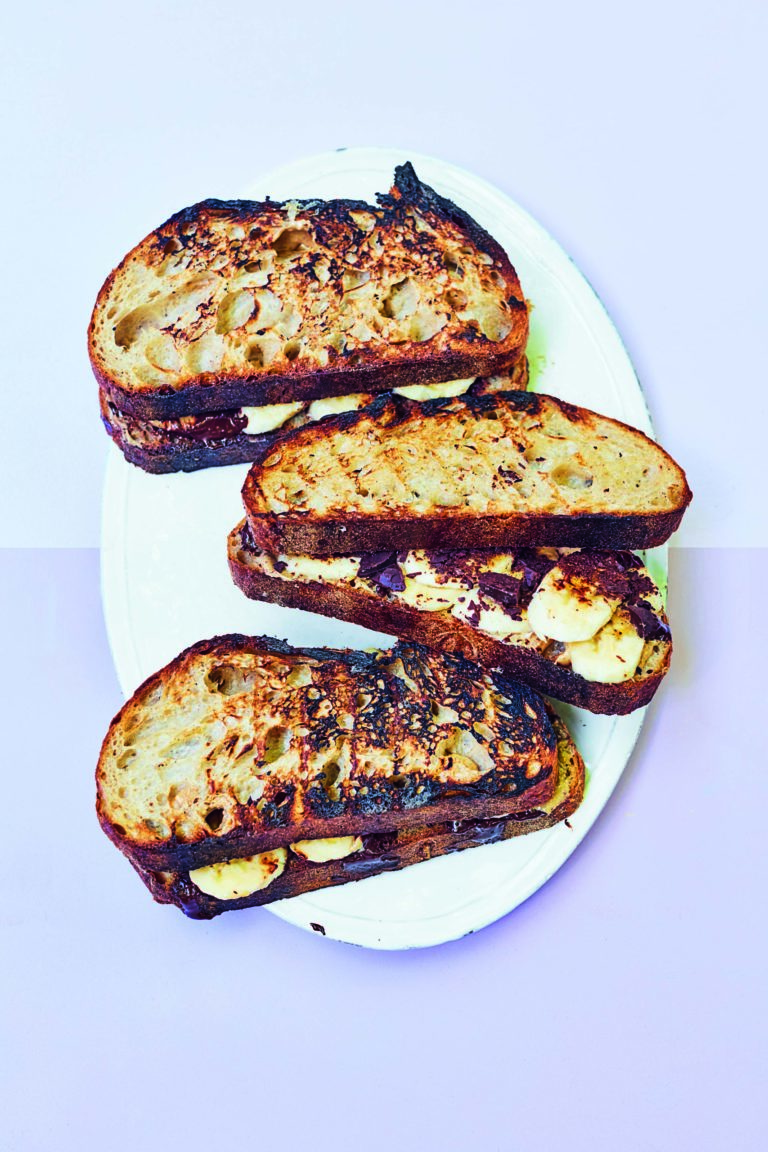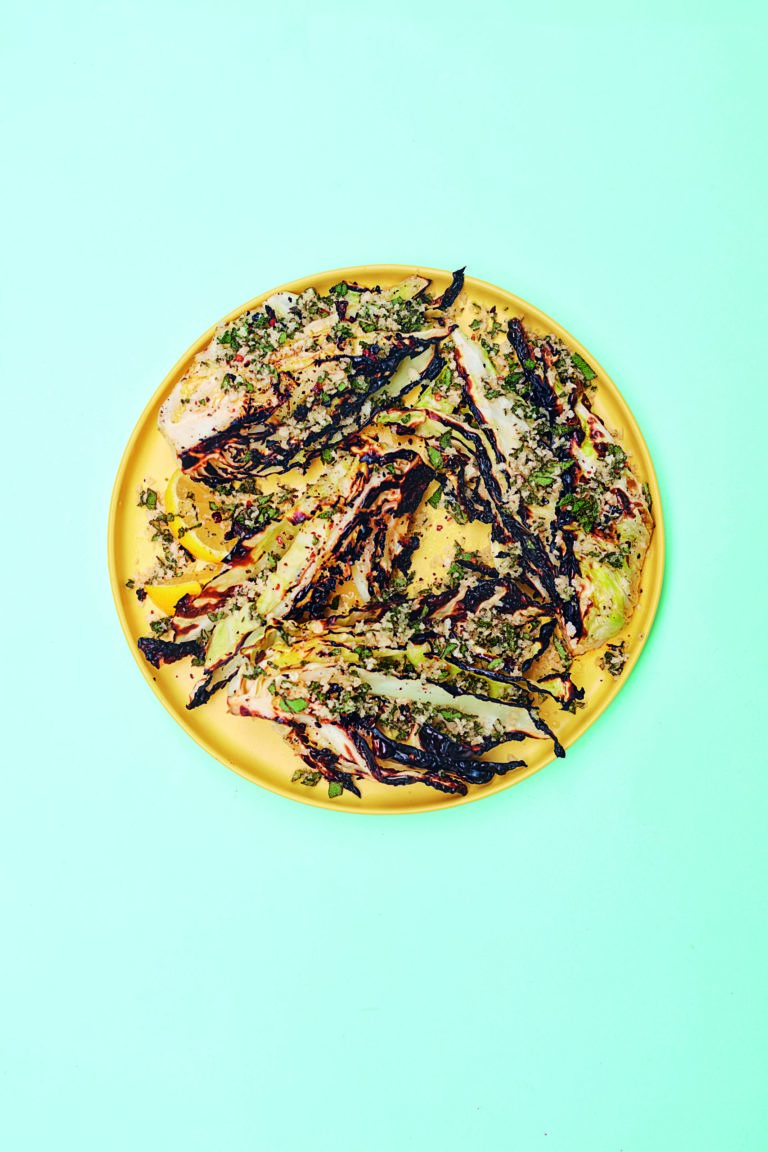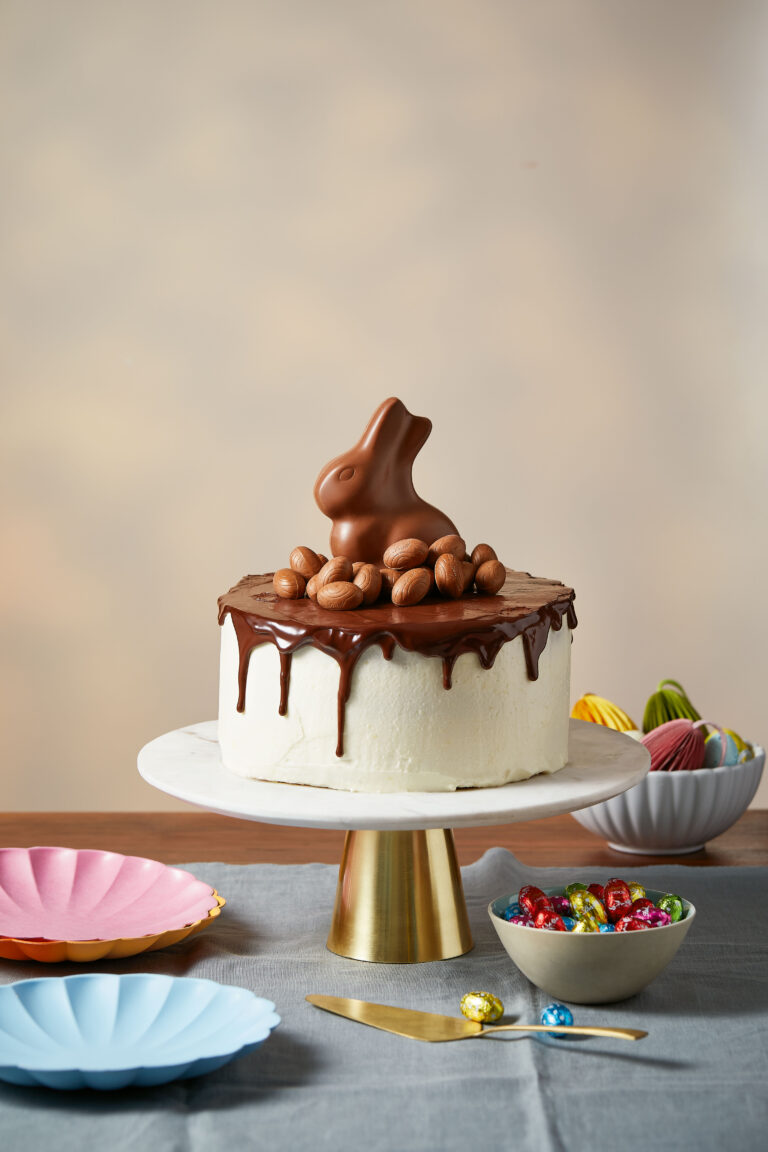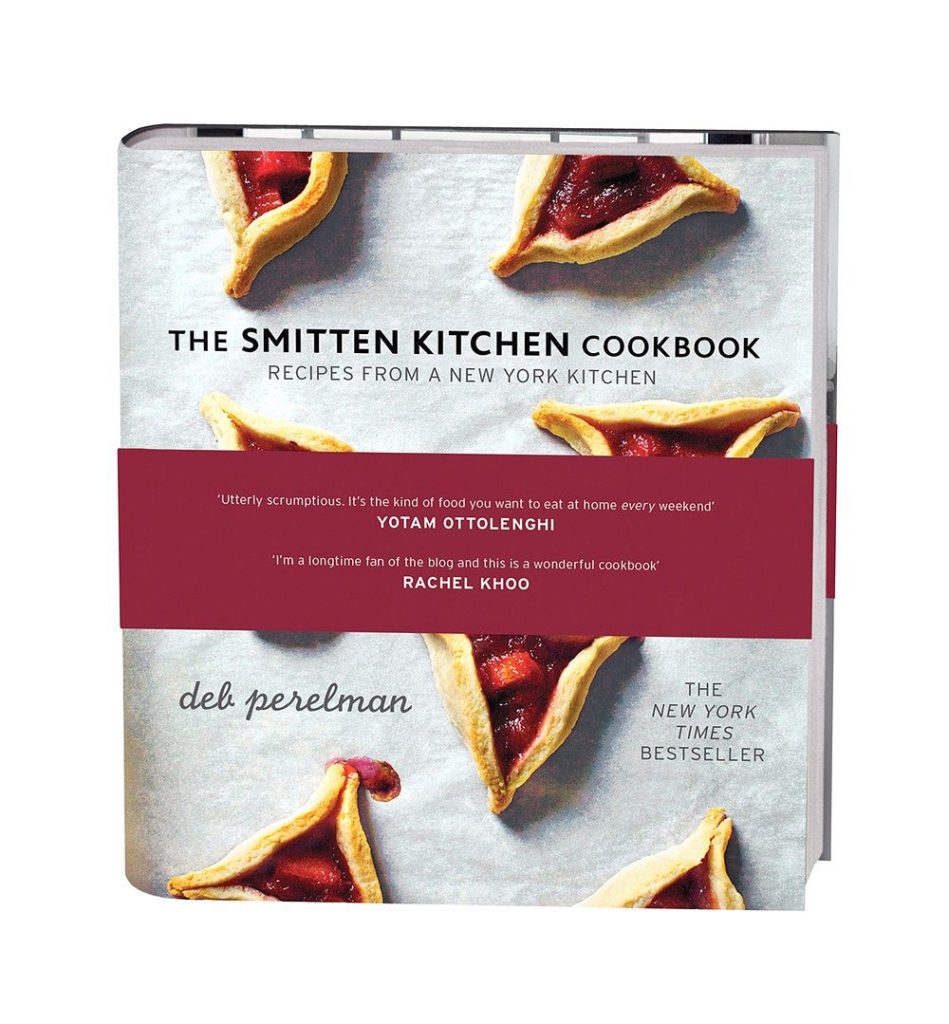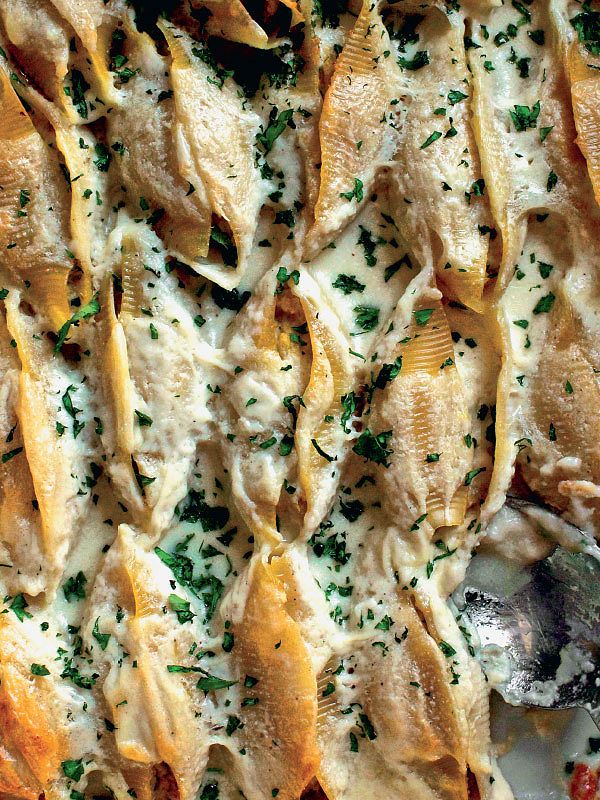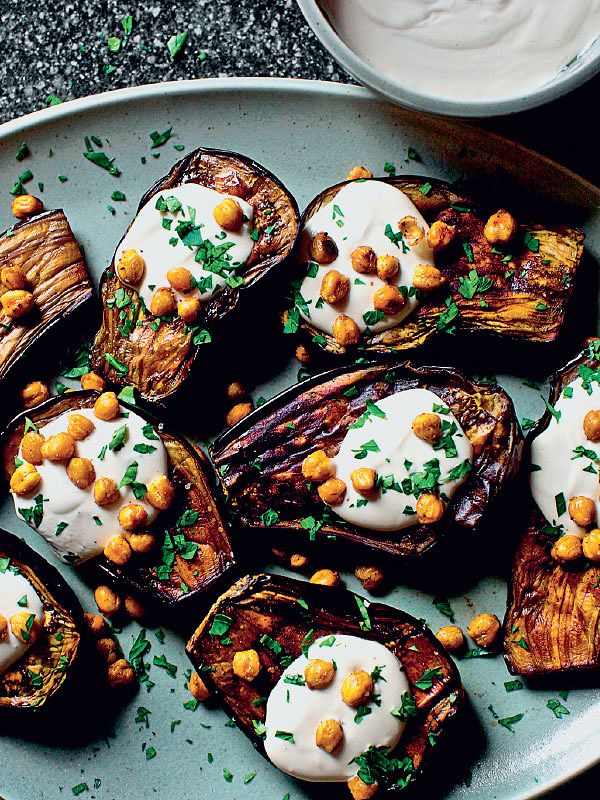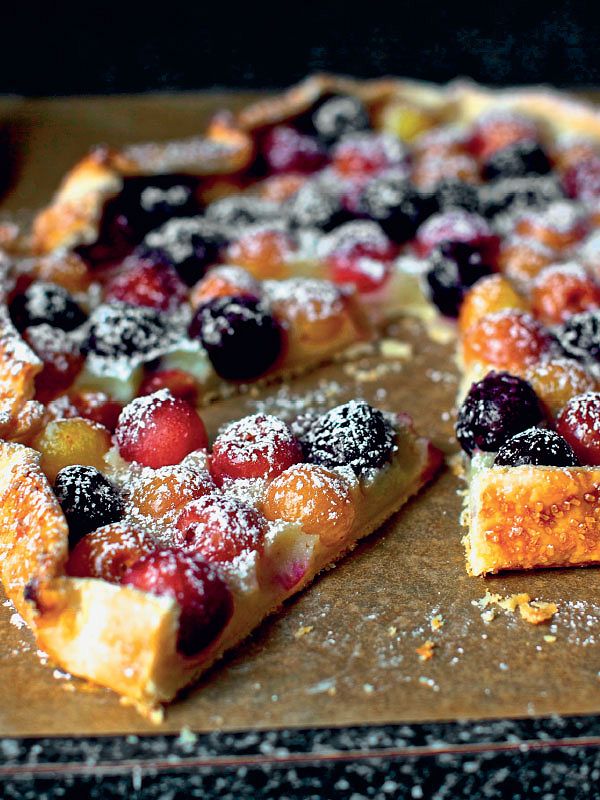Fig, Olive Oil, and Sea Salt Challah Bread
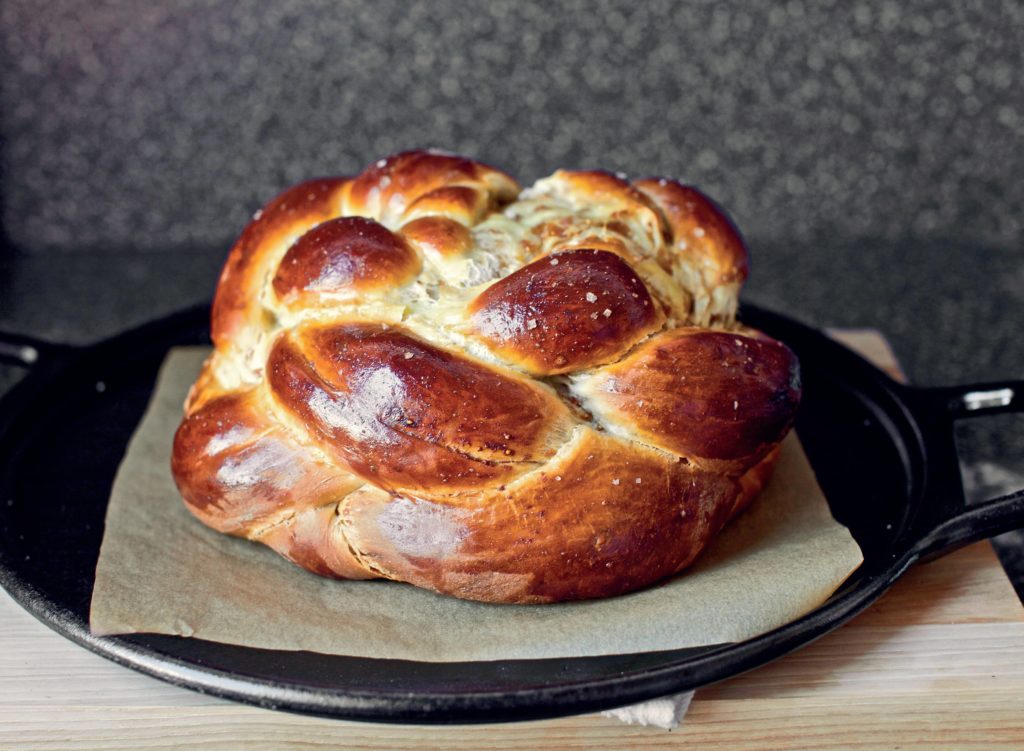
Try this this fig, olive oil, and sea salt challah bread recipe from The Smitten Kitchen for a fruity, fig take on a traditional Jewish delicacy. While it will certainly be a labour of love, you will be rewarded with a pillowy, soft bread that makes for a delicious dinner party accompaniment, or luxurious French toast.
From the book
Buy From
Introduction
The terrain of updating old, beloved recipes is fraught with land mines. People don’t travel by planes, trains, and automobiles, and sit in three-hour traffic jams on Thanksgiving afternoon because they’re secretly hoping their mother decided to make not their family’s favorite stuffing this year, but a new one she clipped from a gourmet food magazine. And my people haven’t been sitting down to Friday night and High Holiday dinners with a braided loaf of egg bread for thousands of years with the nagging suspicion in the back of their minds that it really could use an update-perhaps with some imported sea salt?
Because of this, I always try to tread carefully when making old-school dishes, yet usually fail because my curiosity gets the better of me. This time, I wasn’t sorry at all. I took my favorite recipe for challah and replaced the vegetable oil with olive oil, the sugar with honey, the raisins I might use in a sweeter loaf with a fig paste cooked with orange zest, and then I finished it with sea salt and proceeded to watch a table full of carb-eschewing people fall upon it like a pride of hungry lions. This challah gets requested by name.
Leftovers, should they survive the dinner table, make some fine French toast, especially when drizzled with warm honey and served with a dollop of fresh ricotta.
Ingredients
| For the bread: | |
|---|---|
| 1 (7g) sachet | dried granular yeast |
| 85g (plus 1 tsp) | honey |
| 160ml | warm water |
| 80ml | olive oil, plus more for the bowl |
| 2 | large eggs |
| 2 tsp | flaky or coarse sea salt, such as Maldon (or 1½ tsp table salt) |
| 500g | plain flour |
| For the fig filling: | |
| 155g | stemmed and roughly chopped dried figs |
| ⅛ tsp | freshly grated orange zest, or more as needed |
| 120ml | water |
| 4 tbsp | orange juice |
| ⅛ tsp | sea salt |
| few grinds of | black pepper |
| For the egg wash: | |
| 1 | large egg |
| coarse or flaky sea salt, for sprinkling |
Essential kit
You will need: a food processor and an instant-read thermometer.
Method
To make dough with a stand mixer: Whisk the yeast and 1 teaspoon honey into 150ml warm water, and let it stand for a few minutes, until foamy. In a large mixer bowl, combine the yeast mixture with remaining honey, olive oil, and eggs. Add the salt and flour, and mix until dough begins to hold together. Switch to a dough hook, and run at low speed for 5 to 8 minutes. Transfer the dough to an olive-oil-coated bowl (or rest the dough briefly on the counter and oil your mixer bowl to use for rising, so that you use fewer dishes), cover with plastic wrap, and set aside for 1 hour, or until almost doubled in size.
To make the dough by hand: Prepare the yeast as directed above. Mix the wet ingredients with a whisk, then add the salt and flour. Mix everything together with a wooden spoon until the dough starts to come together. Turn the mixture out onto a floured counter, and knead for 5 to 10 minutes, until a smooth and elastic dough is formed. Let rise as directed above.
Meanwhile, make fig paste:In a small saucepan, combine the figs, zest, water, juice, salt, and a few grinds of black pepper. Bring to a simmer over medium heat, and cook, stirring occasionally, until the figs are soft and tender, about 10 minutes. Season with salt and pepper to taste. Remove from heat, and let cool to lukewarm. Process fig mixture in a food processor until it resembles a fine paste, scraping down the sides of the bowl as necessary. Set aside to cool.
Insert figs: After your dough has risen, turn it out onto a floured counter and divide it in half. Roll the first half of the dough into a wide and totally imperfect rectangle (really, the shape doesn’t matter). Spread half the fig filling evenly over the dough, stopping short of the edge. Roll the dough into a long, tight log, trapping the filling within. Then, gently stretch the log as wide as feels comfortable (I take mine to my max counter width, about 90cm) and divide it in half. Repeat with remaining dough and fig filling, creating four ropes.
Weave your challah: Arrange two ropes in each direction, perpendicular to each other, like a tight noughts and crosses board. Weave them so that one side is over, and the other is under, where they meet. So now you’ve got an eight-legged woven-headed octopus. Take the four legs that come from underneath the center, and move them over the leg to their right-i.e., jumping it. Take the legs that were on the right and, again, jump each over the leg before, this time to the left. If you have extra length in your ropes, you can repeat these left-right jumps until you run out of rope. Tuck the corners or odd bumps under the dough with the sides of your hands to form a round.


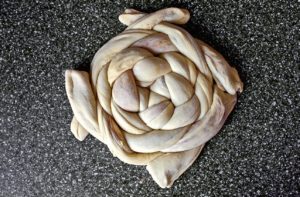
Transfer the dough to a parchment-covered heavy baking sheet or, if you’ll be using a bread stone, a baker’s peel. Beat egg until smooth, and brush over challah. Let challah rise for another hour, but 45 minutes into this rise, preheat your oven to 190°C/fan 170°C/Gas 5.
Bake your loaf: Before baking, brush loaf one more time with egg wash and sprinkle with flaky or coarse salt if you’re using it. Bake in middle of oven for 35 to 40 minutes. It should be beautifully bronzed; if yours starts getting too dark too quickly, cover it with foil for the remainder of the baking time. The very best way to check for doneness is with an instant-read thermometer-the center of the loaf should be 90°C.
Cool loaf on a rack before serving. Or, well, good luck with that.
Reviews
Have you tried this recipe? Let us know how it went by leaving a comment below.
Thank you for your rating. Our team will get back to any queries as soon as possible.
Please note: Moderation is enabled and may delay your comment being posted. There is no need to resubmit your comment. By posting a comment you are agreeing to the website Terms of Use.

